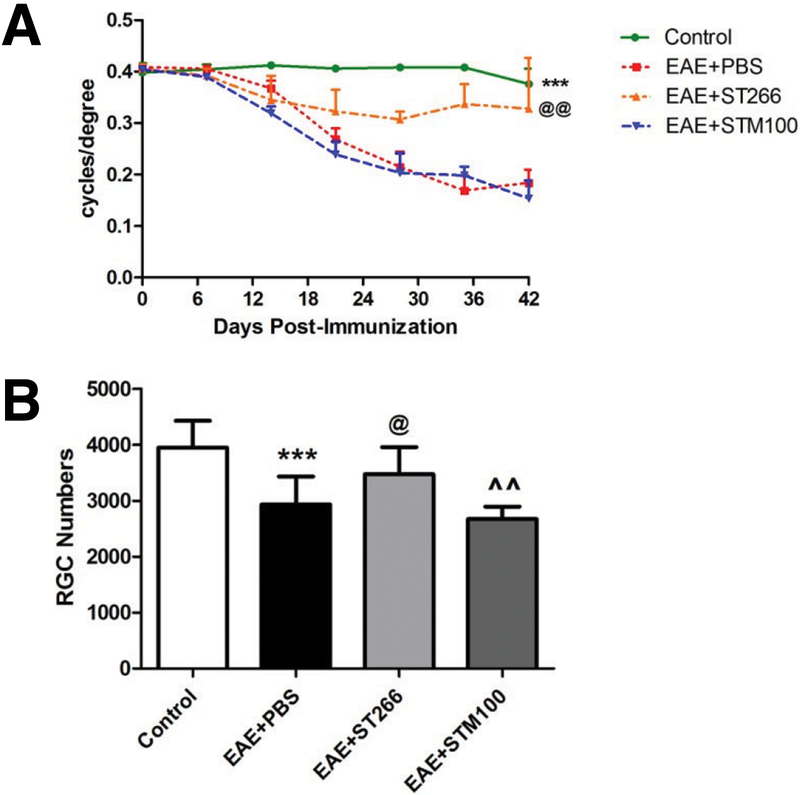Figure 1. ST266, not the media it is collected in, suppresses loss of vision and RGCs in experimental optic neuritis.
(A) OKR responses significantly (***p<0.001) decreased in the eyes of PBS- (N=10) or STM100-treated EAE mice (N=10) compared with control (non-EAE) mice (N=10) starting from day 14 post-immunization and progressing through day 42. EAE mice that received intranasal ST266 once daily (N=10) from days 15 to 42 show significantly (@@p<0.01 vs EAE treated with PBS, ^^^p<0.001 vs EAE treated with STM100) higher OKR scores. (B) RGCs were labeled and counted in retinas isolated 42 days post-immunization. Data show a significant decrease in the number of RGCs in eyes of PBS- (***p<0.001, N=10) or STM100 (^^p<0.01, N=10)-treated EAE mice compared with control mice. EAE mice that received ST266 daily from day 15 to 42 (N=10) show significant (@p<0.05 vs EAE treated with PBS, @p<0.05 vs EAE treated with STM100) attenuation of RGC loss.

